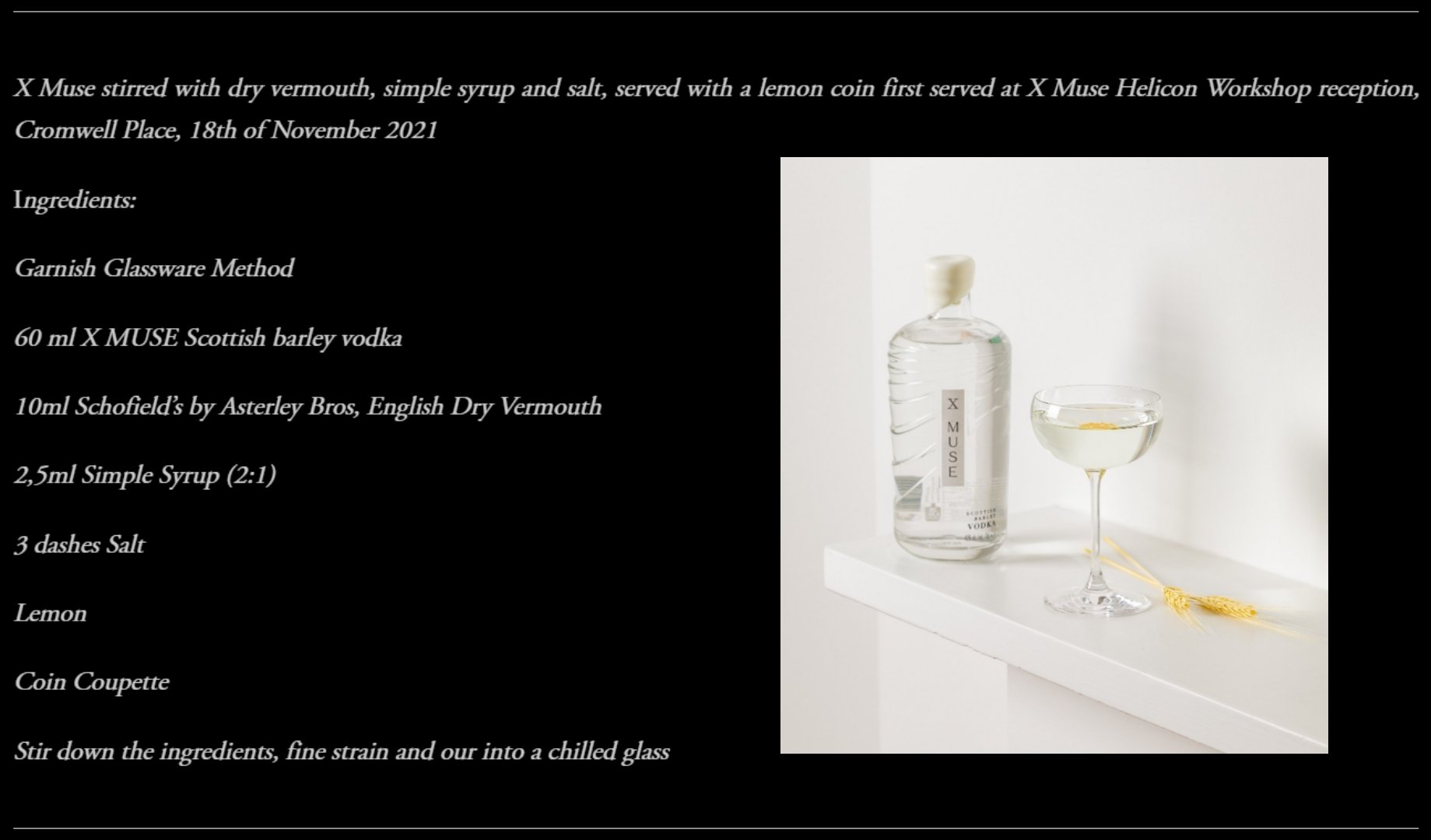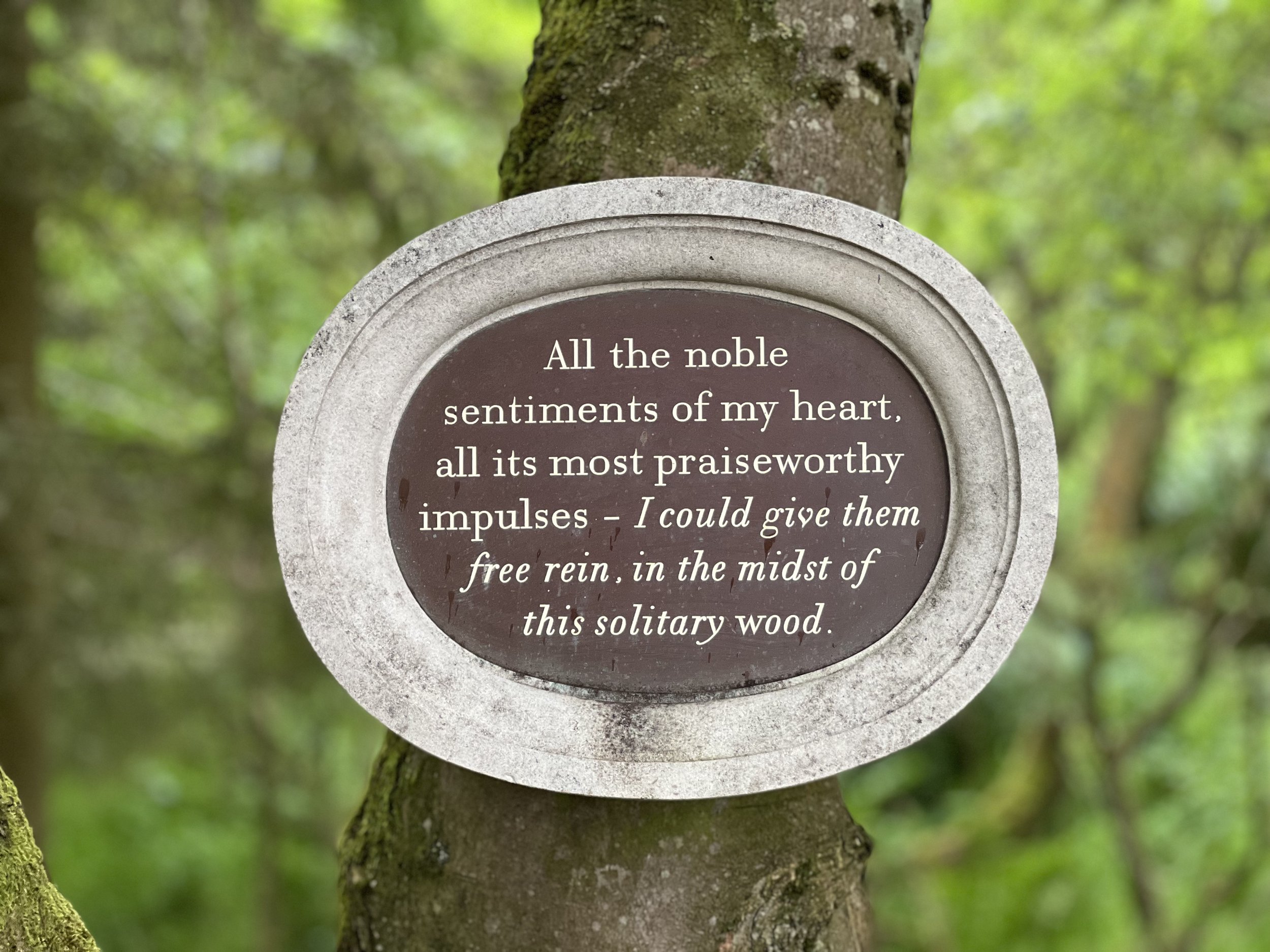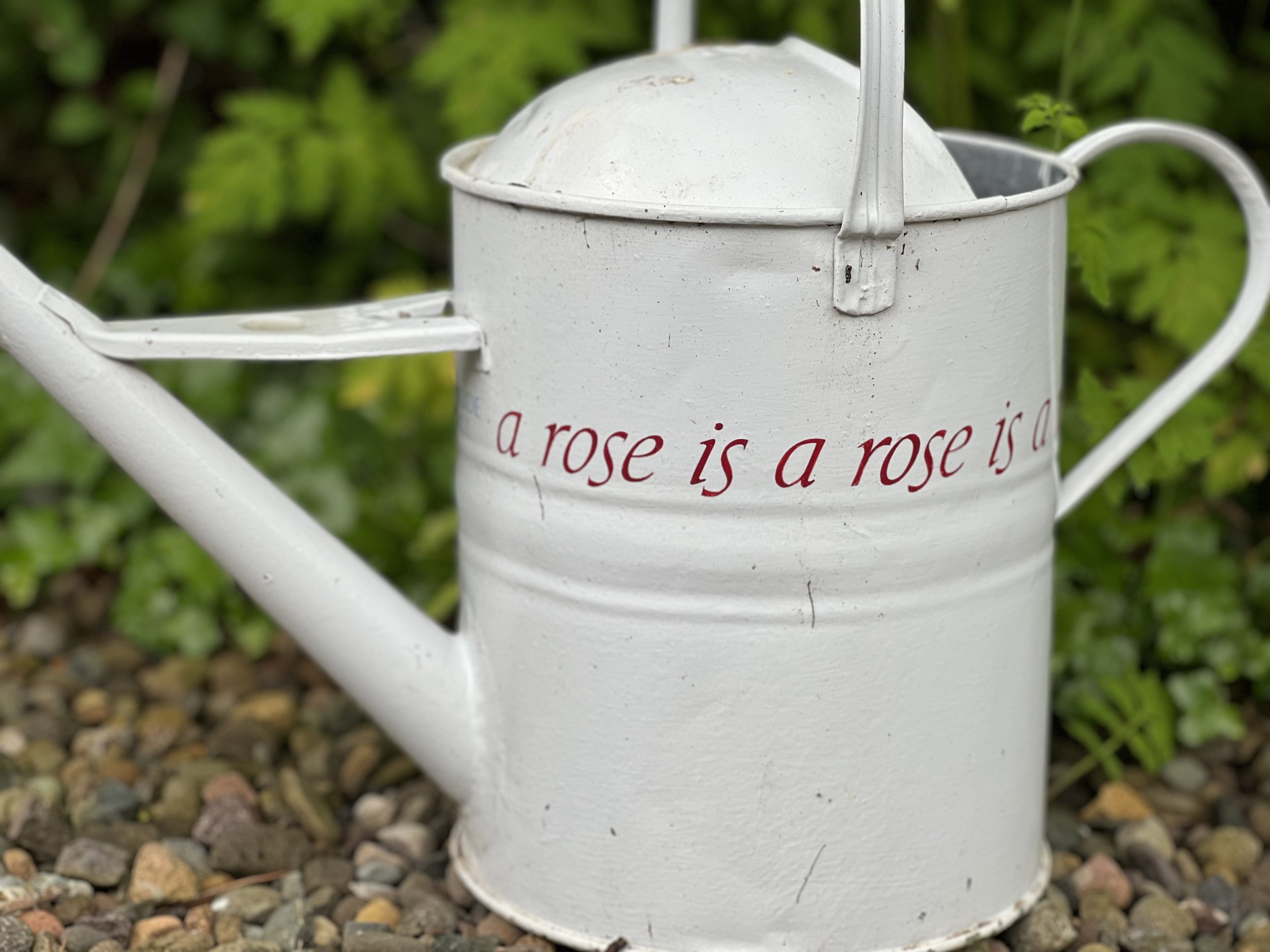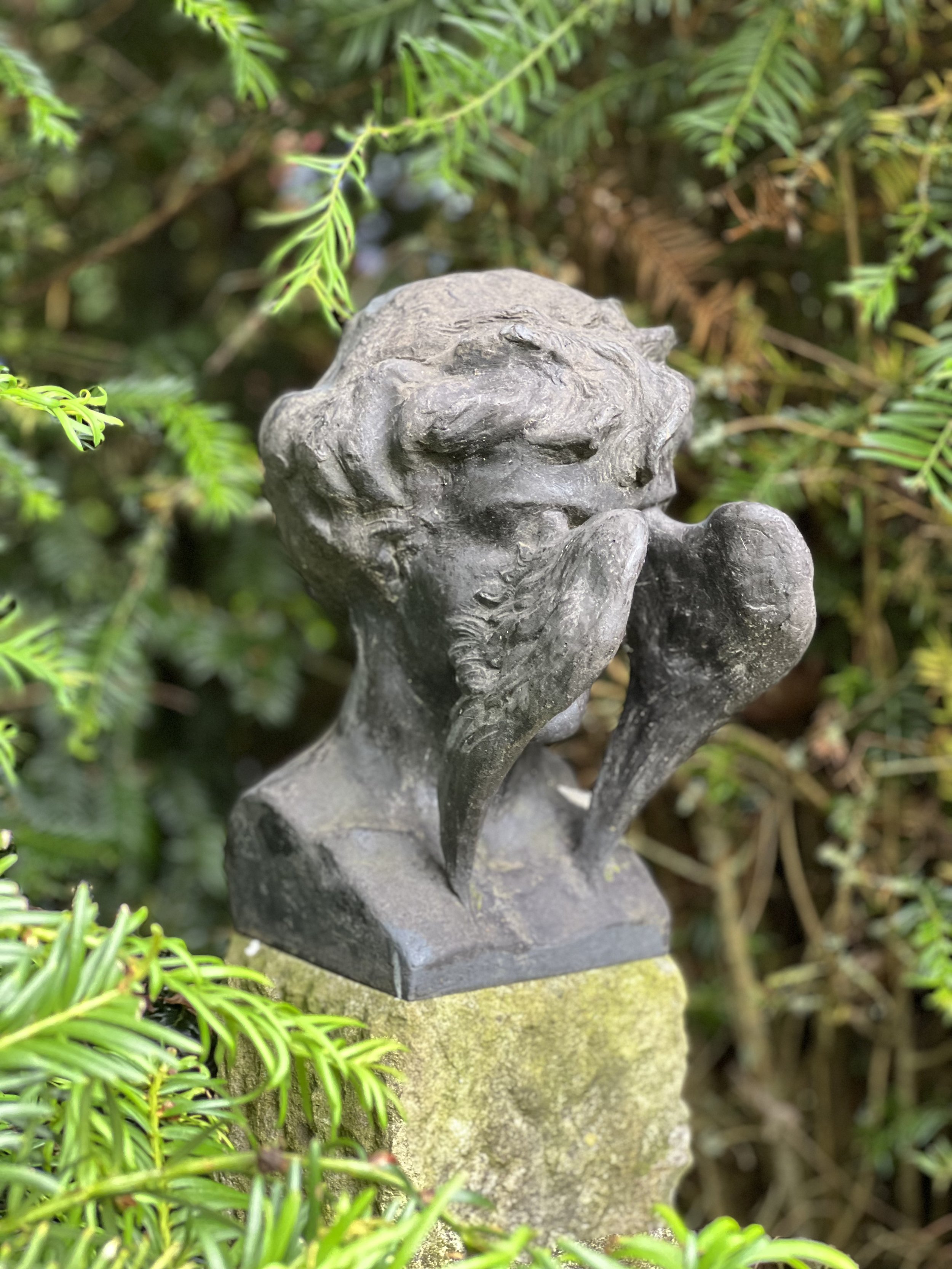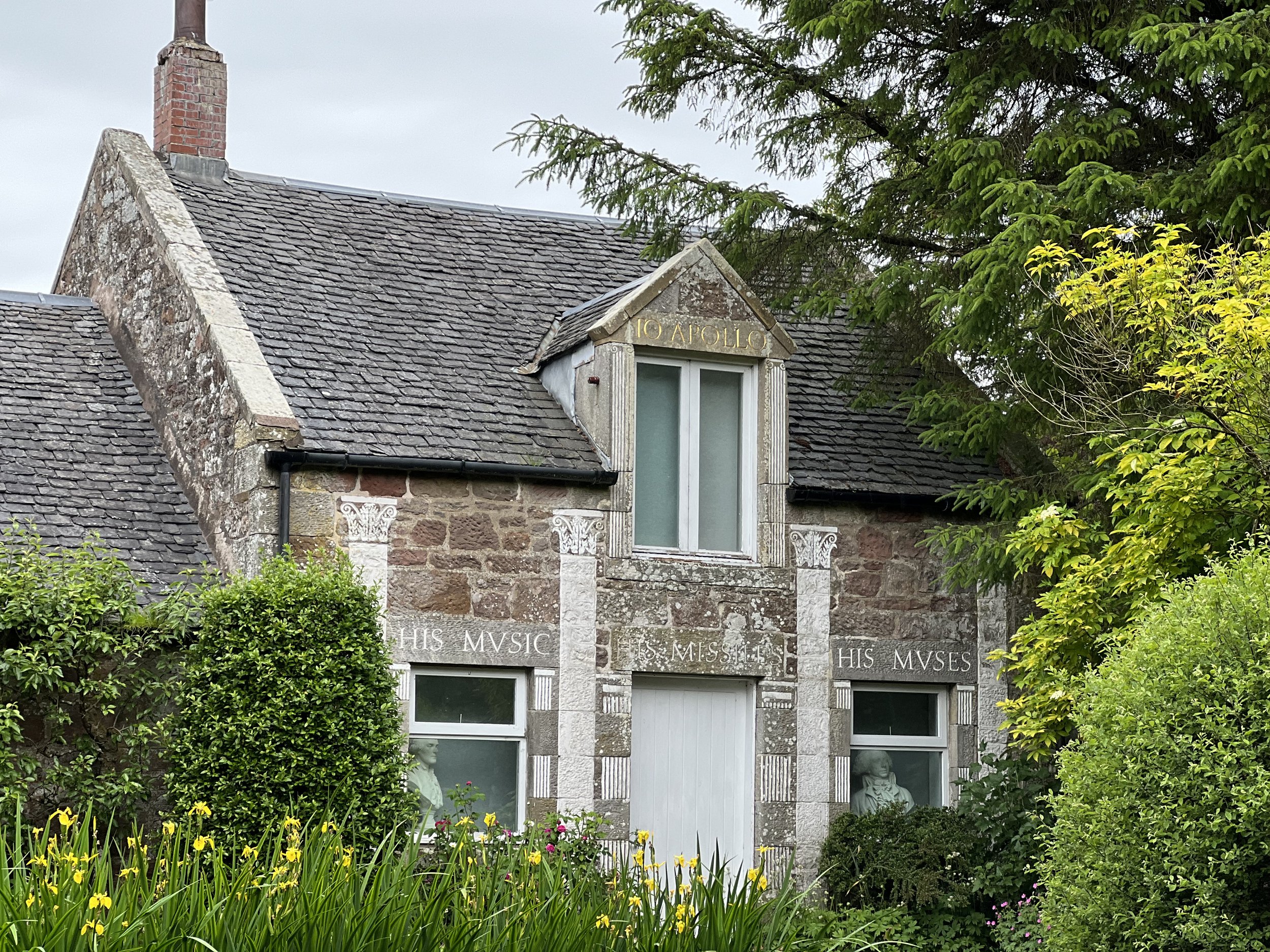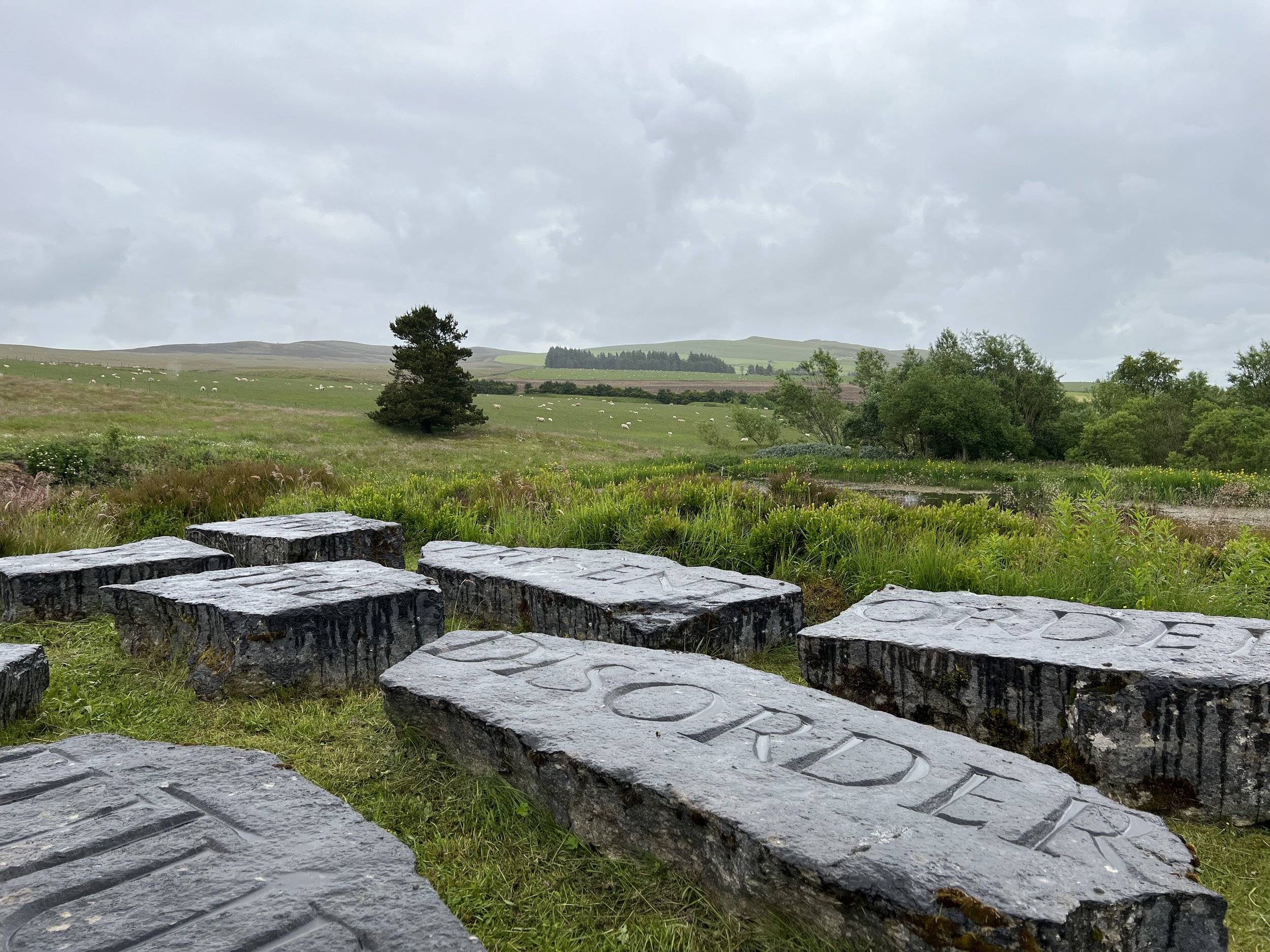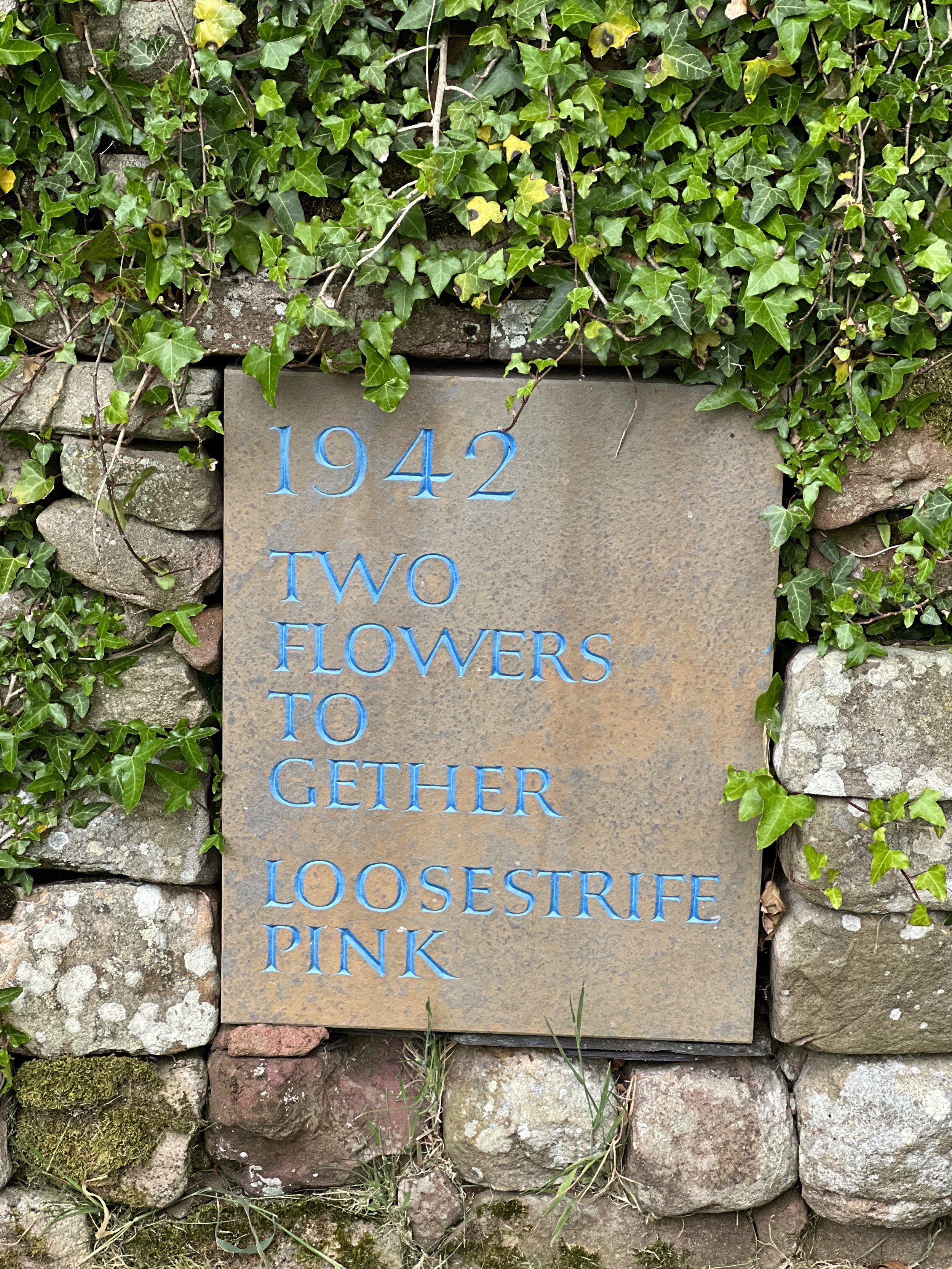x muse
The brainchild of Robert Wilson, Jupiter Artland founder and owner of the Bonnington Estate, and Vadim Grigoryan, X Muse is a brand new vodka made in Scotland. The fusion of art and land is central to its ‘art-thinking’ philosophy and forms the basis of its magic spirit.
“Creating a vodka that invites sipping and savouring is the spirit-maker’s supreme challenge,” Wilson says. “It cannot be bolstered by botanicals or aged in oak barrels. It must stand on its own merits. This is the measure of X Muse.”
X Muse is unique since it is the first vodka distilled and blended from two varieties of carefully selected barley, namely Plumage Archer and Maris Otter. The highly purified water used in the distilling process is sourced from an ancient aquifer, the centrepiece of Jupiter Artland.
The Temple plays on the multiple stories behind X Muse. Its name was inspired by a sculpture, perhaps the smallest in Jupiter Artland, by Ian Hamilton Finlay—The 10th Muse. Sappho, dubbed by Plato as the tenth of the nine mythological muses, was a poet and inspiration for many across the arts and sciences.
“We look at spirits as cultural products deeply rooted in human history,” Grigoryan says. “X Muse’s creation is informed by this history and our understanding of the meaning of spirits.”
To whet your tastebuds and get your spirit in the mood before you travel, take a moment to contemplate the recipe for a classic X Muse Martini created by Denis Broci, Claridge’s head barman.
There are plenty of other, more unusual cocktails on offer at X Muse Temple, but a martini is always a good starting point—and yardstick, should you need one.
If you’re feeling a little more adventurous and want a deeper exploration of Wilson’s and Grigoryan’s inspiration behind X Muse, we recommend you visit Little Sparta, Ian Hamilton Finlay’s stunning garden, really a work of art in itself, situated in the midst of the wild and breathtaking landscape just over an hour’s drive from Edinburgh city centre.
Little Sparta, named in response to ‘the Athens of the north’ (aka Edinburgh) and in line with Wilson’s and Grigoryan’s layers of classical references, started out as a plot of land with a single tree. What you will discover there is horticultural haven, a garden like a vision from a dream, liberally, yet systematically, studded with delicate water features and a plethora of Finlay’s sculptural works (mostly phrases carved into blocks of stone and marble), like fragments of history, ancient and modern—testaments to his fascination with Apollo (the Greek god of practically everything including light, the sun, art and poetry, healing, and agriculture), the French Revolution, and World War II. It’s a deeply personal and private place where it’s possible to pause for reflection and think in quiet contemplation while you hear the background sound of little waterfalls.
(Below) LITTLE SPARTA — ARTIST IAN HAMILTON FINLAY’S MAGICAL GARDEN


